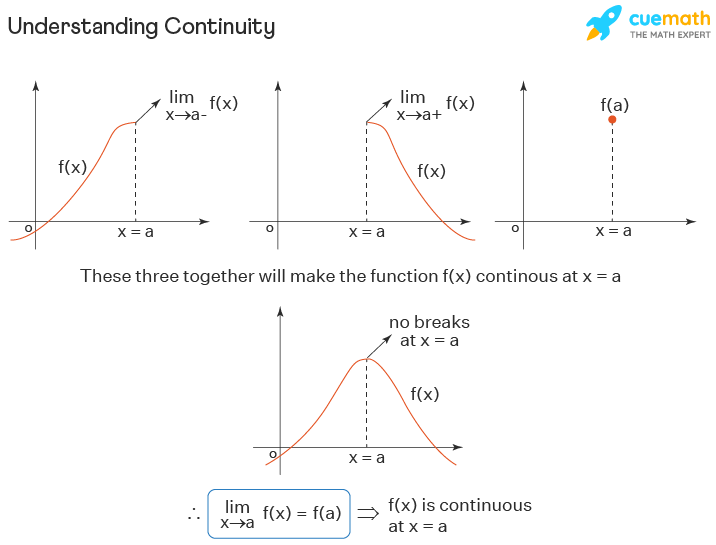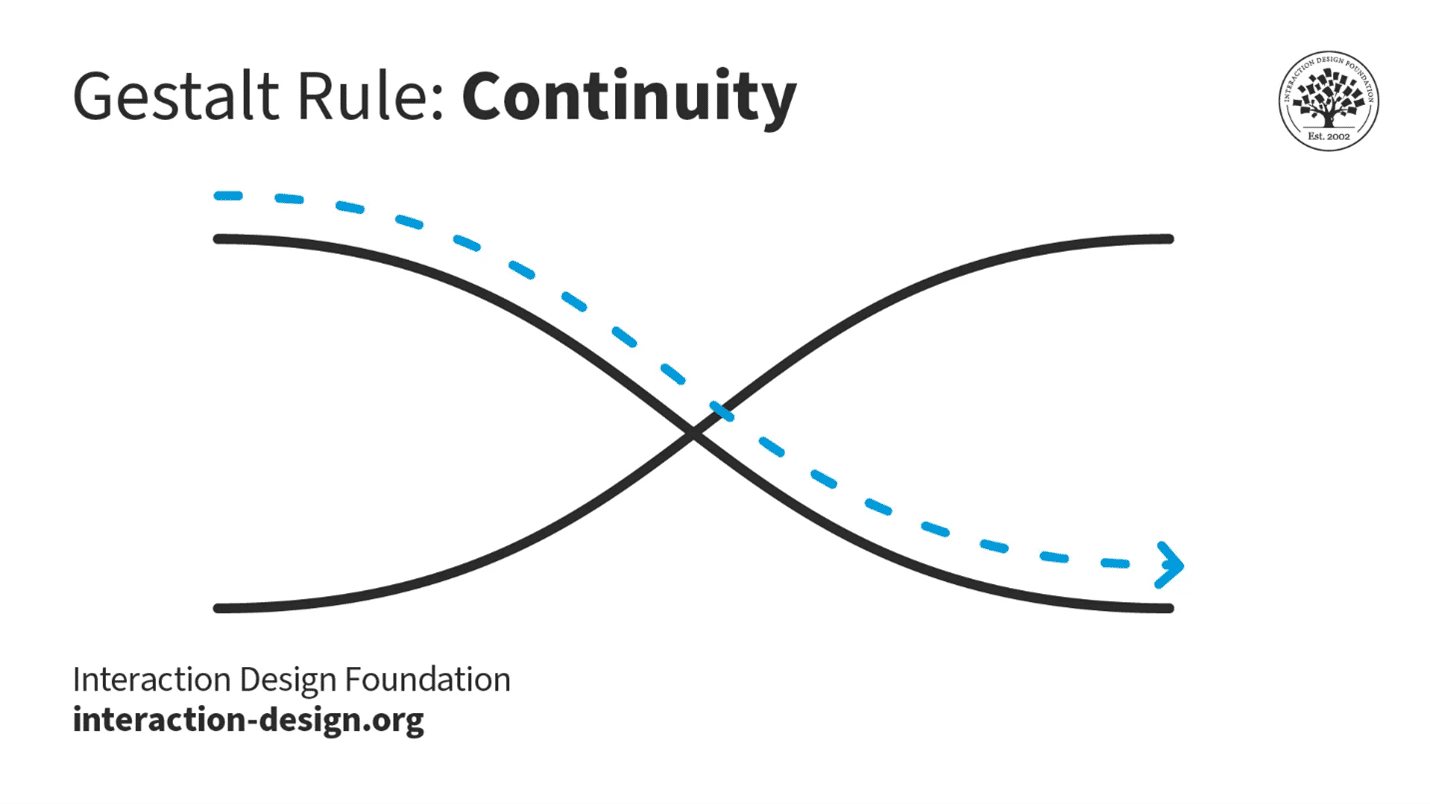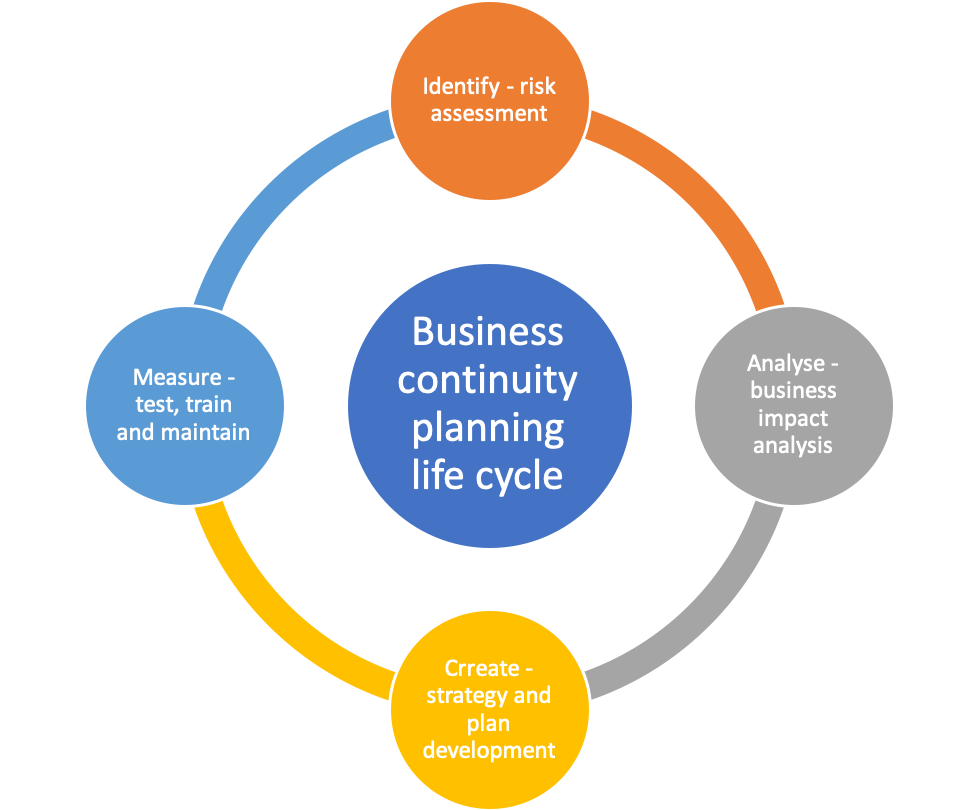Amazing Tips About What Are The Three Things For Continuity

7 Business Continuity Plan Examples Venngage
The Unbreakable Trio
1. Why Continuity Matters More Than Ever
Ever watched a movie and thought, "Wait, didn't she have a coffee cup in the last scene?" That's a continuity error, and it yanks you right out of the story. In life, while the stakes might not involve on-screen bloopers, continuity is just as crucial. Whether it's in your business, your health, or even your relationships, maintaining a steady course can be the difference between success and a major facepalm moment. We're going to unpack the three key ingredients for achieving just that — a smooth, uninterrupted flow.
Imagine trying to build a house with constantly changing blueprints. Frustrating, right? Continuity provides the stable foundation upon which progress is built. It creates predictability and trust, allowing you to move forward with confidence. Without it, you're basically playing whack-a-mole with endless problems and setbacks.
So, let's ditch the chaos and dive into the three essential pillars that will help you establish and maintain continuity in any area of your life. Trust me, once you understand these, you'll wonder how you ever managed without them. Consider this your guide to a smoother, more predictable, and ultimately more successful journey.
Think of these three things as the legs of a sturdy stool. Remove one, and the whole thing topples over. We're not just talking about avoiding glaring mistakes; we're talking about creating a seamless and reliable experience, whatever that may be.

Why Is Continuity Important In Calculus Beck Liseld
1. Consistent Communication
2. Why Talking is Key (Yes, Really)
Communication is the glue that holds any continuous process together. Think about a relay race. If the baton pass is fumbled, the entire team loses precious time. Similarly, in any endeavor, clear, consistent, and timely communication ensures everyone is on the same page, working towards the same goal.
But it's not just about talking; it's about effective communication. That means actively listening, providing constructive feedback, and tailoring your message to your audience. Avoid jargon, be transparent, and encourage open dialogue. The more everyone understands the what, why, and how, the smoother the ride will be.
Consider a project at work. Regular team meetings, clear email threads, and a shared understanding of roles and responsibilities are crucial for maintaining momentum. Imagine the confusion if one team member assumes they're responsible for a task that someone else is already working on. Disaster averted, thanks to good old-fashioned communication.
And it isn't just for business. Think about a romantic relationship. If you don't tell your partner you need some time alone or that youre feeling overwhelmed, that continuity and rhythm that you build together can easily fall apart. Communication is key.

2. Standardized Processes
3. The Power of "Same Procedure as Last Time"
Imagine a restaurant where every chef cooks a different version of the same dish. Chaos, right? Standardized processes are the secret weapon for ensuring consistency. They provide a clear roadmap, outlining the steps required to achieve a desired outcome. This reduces errors, improves efficiency, and makes it easier to train new team members.
Whether it's a sales process, a manufacturing process, or even your morning routine, having a defined process creates a sense of predictability and control. It allows you to identify bottlenecks, optimize performance, and ensure that things are done right every time. Think of it as creating a well-oiled machine that runs smoothly and reliably.
For example, a software development team might use a specific coding style guide and a defined testing process to ensure that all code is consistent and bug-free. This not only improves the quality of the software but also makes it easier for different developers to collaborate on the same project. Less friction, more progress.
Even in your personal life, establishing routines like daily exercise and planning out your meals can bring more consistency. That predictable, stable life also helps ease stress and make for a more fulfilling existence. The less chaos, the more happy.

3. Proactive Monitoring
4. Staying One Step Ahead of the Game
Imagine driving a car without looking at the road. You'd probably crash pretty quickly, right? Proactive monitoring is all about keeping a close eye on things, identifying potential problems before they escalate into major crises. This allows you to take corrective action early, minimizing disruptions and maintaining continuity.
Whether it's tracking key performance indicators (KPIs) in your business, monitoring your health metrics, or simply paying attention to your gut feeling, proactive monitoring empowers you to stay in control and make informed decisions. It's about being vigilant, anticipating challenges, and having a plan in place to address them.
For instance, a website owner might use website analytics to track traffic patterns and identify potential performance issues. If they notice a sudden drop in traffic, they can investigate the cause and take steps to fix it before it affects their business. Early detection, problem solved.
Monitoring also means checking in with your inner self. If you feel a cold coming on, nipping it in the bud early helps continuity and ensures you arent out of commission. Just like a car needs regular maintenance, we do too.

Putting It All Together
5. Making It Work in the Real World
So, there you have it — the three pillars of continuity: consistent communication, standardized processes, and proactive monitoring. When these three elements work in harmony, they create a powerful synergy that can transform any area of your life. But remember, it's not a one-time fix; it's an ongoing process that requires commitment and attention.
Start by identifying areas where you're currently experiencing disruptions or inconsistencies. Ask yourself: Are we communicating effectively? Do we have clear processes in place? Are we monitoring things proactively? Once you've identified the gaps, start implementing changes, one step at a time.
Don't expect perfection overnight. It takes time and effort to build new habits and establish a culture of continuity. But with persistence and a willingness to learn, you can create a more stable, predictable, and ultimately more successful journey. And hey, if you stumble along the way, just remember to laugh it off and keep moving forward.
Continuity isnt about rigidity, though. Its about flexibility within a structure. Think of it like jazz music: Theres a chord progression, but plenty of room for improvisation. Build structure but dont fear a little riffing on that structure once in a while.

11. Use The Definition Of Continuity And Properties Limits To
FAQ
6. Frequently Asked Questions
Still have questions about continuity? Here are a few common ones:
Q: What if I don't have time to implement all three of these?A: Start small! Focus on the area where you're experiencing the most pain and implement one or two changes at a time. Even small improvements can make a big difference.
Q: How do I get others on board with these ideas?A: Communicate the benefits! Explain how continuity will make everyone's lives easier, reduce stress, and improve overall results. Lead by example and demonstrate the positive impact of these changes.
Q: What if I try these and they don't work?A: Don't give up! Continuity is an iterative process. Continuously monitor your progress, identify what's working and what's not, and make adjustments accordingly. It's a journey, not a destination.
Q: Whats the easiest one to implement first?A: Consistent communication! A simple daily standup with your team or a weekly check-in can work wonders. Open communication is the foundation for everything else.